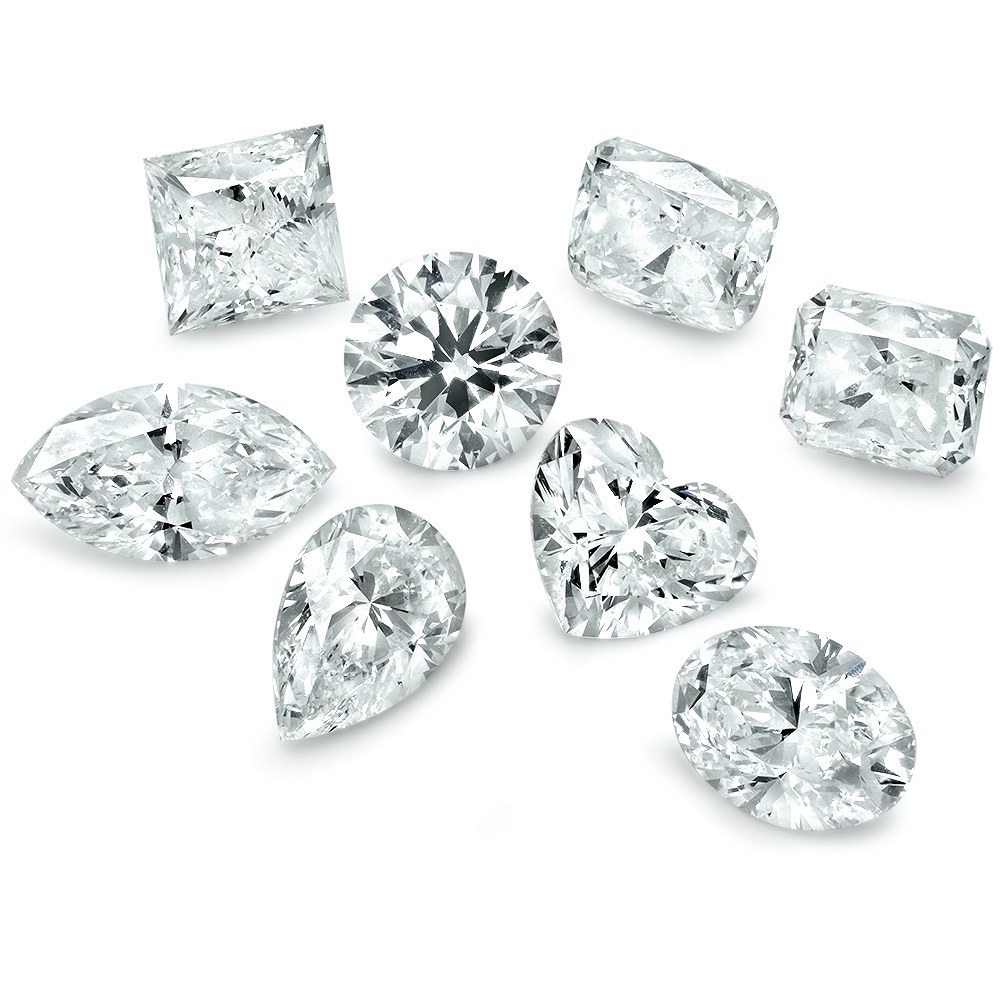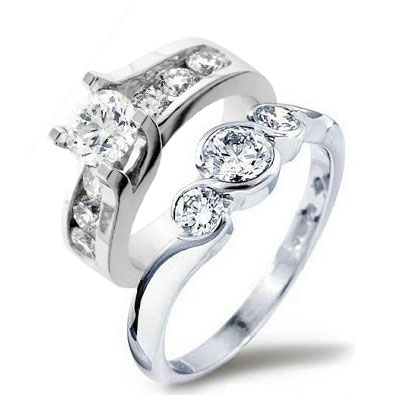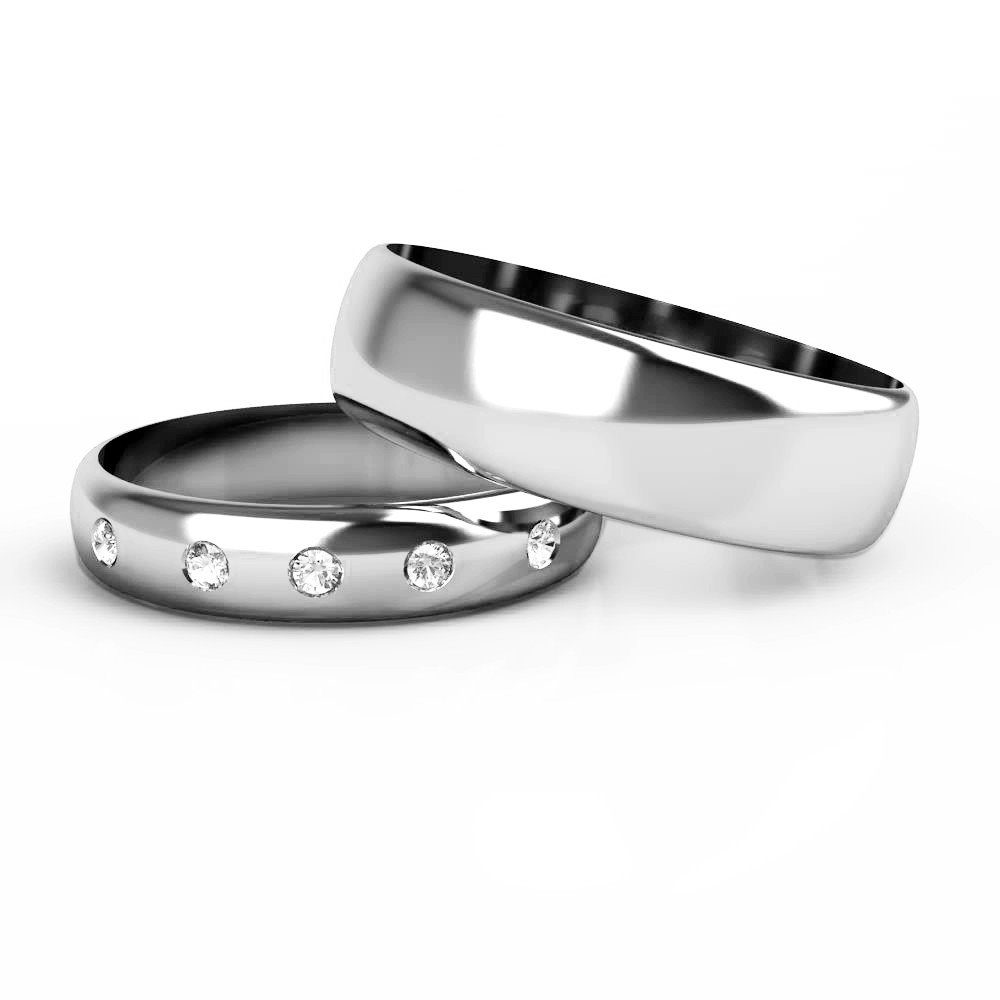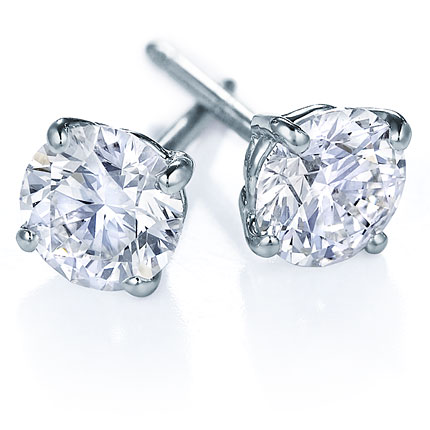We offer READY TO SHIP JEWELLERY - View Collections
Diamond Certificates
Before purchasing a diamond, you should expect to review a copy of its certificate (also referred to as cert.), as this is your only guarantee of the quality and value of that diamond.
What is a certificate?
A diamond certificate, also called a diamond grading report, diamond dossier, or diamond quality report, is a report created by a gemmologist, or gemmologists, who have scrutinized the diamond and placed it under a microscope to analyze its dimensions, clarity, cut, colour and other characteristics.
How to read a Diamond Certificate
When looking at a diamond report, you will notice each specific diamond is issued an identification number. The reports describe and grade the diamond. The report also describes the diamond's shape and cut, the clarity and colour. There is also a diagram which plots the internal and external characteristics of the diamond.
Shape and Cut
Refers to the style and make of the diamond. The style is the shape of the stone; for example: round brilliant, marquise shape, oval shape, emerald cut, princess cut, radiant cut, heart shape, and baguettes etc. Many believe the larger the diamond the greater its value. This is not necessarily true. It is the cut that unlocks the beauty for which diamonds are valued. Larger diamonds are generally full cut, meaning they have 58 facets, each of which must be in precise symmetrical relationship. The responsibility for this precision lies solely with the cutter.
Measurements
When measuring the diameter of a round diamond, the circumference and the depth of the stone are gauged. These measurements are then used to calculate the proportions of the diamond. On fancy shaped diamonds the measurements are taken length by width.
Weight
Carat or carat-weight refers to the size and weight of the diamond. The word carat originated from times when the seeds of the carab tree were used on a balance scale to measure weight. Today, the standard weight of one carat is 0.2 grams or 1/5 of a gram. One carat is divided into 100 points; a diamond of 75 points weighs 0.75 carats. A large diamond is not necessarily a better or more valuable diamond. Two diamonds of equal weight can have very unequal value, depending on their cut, colour and clarity.
Depth
Refers to the total depth of the stone from the table, or top, of the diamond to the culet, or point. In round brilliants the range of generally accepted depth to width ratio is between 58% and 64%. In fancy shapes, the total depth and other proportions are not scrutinized the same way as round brilliants.
Table
The table is the largest facet of the diamond and considered the window. In round brilliants, the range of generally accepted table to overall diameter is 53% to 66%. Again, in fancy shapes, the table diameter and other proportions are not scrutinized in the same way as in round brilliants.
Girdle
Refers to the middle of the diamond that separates the crown, or top of the diamond from the pavilion, or bottom. The girdle generally makes up to 2% to 4.5% of the total depth of the stone. This can vary depending on how thin or thick the girdle actually is. Some girdles are faceted and others are granular and have a frosted appearance.
Culet
The culet is a polished facet placed at the tip of the diamond to prevent chipping. The culet ranges from none or white abraded to extremely large, which would show an octagonal outline when looking through the stone. The culet is graded through the table, with the stone face up, under 10X magnification.
Clarity Grade
Clarity refers to minute traces of non-crystallized carbon, called inclusions. Almost all diamonds have inclusions, though most are not discernable to the eye without aid of magnification. The fewer inclusions there are, the rarer the stone will be. There are eleven clarity grades used by a skilled grader at 10X magnification to evaluate and determine the various clarity characteristics.
Flawless (FL)
A flawless diamond shows no blemishes or inclusions. The following do not disqualify a diamond from the flawless category:
- an extra facet on the pavilion which cannot be seen face up
- naturals totally confined to the girdle (which neither thickens nor distorts its outline)
- Internal graining marks which are not reflective, white, or coloured and do not significantly affect the transparency of the diamond.
Internally Flawless (IF)
An internally flawless diamond shows no inclusions and has only insignificant blemishes.
Very Very Slightly Included (VVS1 and VVS2)
A VVS diamond contains minute inclusions that are extremely difficult to locate. VVS1 differs from VVS2 in that the inclusion can only be seen through the pavilion.
Very Slightly Included (VS1 and VS2)
VS diamonds contain minor inclusions ranging from very difficult to see (VS1) to difficult to see (VS2).
Slightly Included (SI)
An SI diamond contains noticeable inclusions which would be easy to see (SI1) to very easy to see (SI2) and (SI3). In some SI stones, inclusions are visible to the unaided eye.
Imperfect (I1, I2, and I3)
An imperfect diamond contains inclusions which are obvious and can easily be seen face up. In I2 and I3 diamonds the inclusions are usually so numerous that they can affect the transparency and brilliance of the diamond and can also pose a durability threat. Some certs. use the term Pique (P1, P2, and P3) in place of imperfect (I1, I2 and I3).
Please note:
The previous clarity descriptions are most applicable to round brilliants and some characteristics may be more visible in large stones and fancy shapes.
Colour Grades
Refers to colour, or, more accurately, the absence of colour. Most diamonds have colour. Those without colour are rare and so premium priced. A tinge of colour is evident in most diamonds with some having a body colour slightly more visible. It is important to note that these types of diamonds cost less than totally colourless diamonds because they are less rare, not because colourless is better... In fact, a diamond with a tinge of colour can hold greater appeal than icy white diamonds. To help determine the differences the following scale has been created starting at 'D'. D, E, and F are considered colourless. G, H, I and J are near colourless which is still considered white. With the descending letters (K, L, etc.) the colour becomes more intense.
Comments
This section contains any other points not already listed on the diamond report.
Diagram
The diagram is the blueprint of the diamond. The diamond is plotted with different symbols for the different characteristics. Red is used for those that are internal and green for external. The first symbol listed in the key is usually the clarity grade setter or the most visible inclusion. Plotting is done to identify the diamond and document the condition and characteristics of it; plotting also serves to support and justify the clarity grade.





